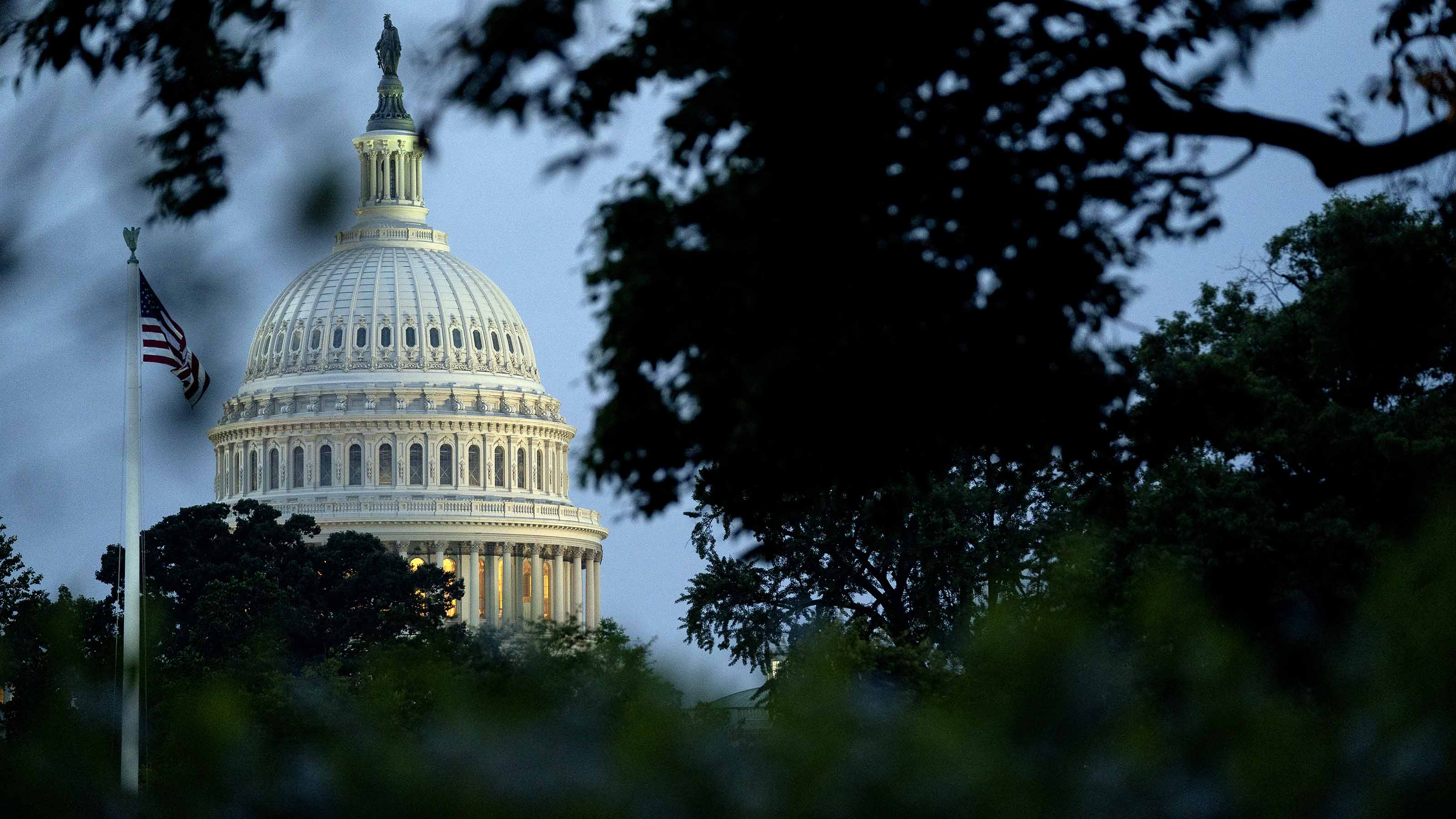Housing Holds Key to Economy's Direction
As the latest banking debacle unfolds, and calls for a moratorium on foreclosures mount, the outlook for home prices may spell the difference between modest economic growth and recession.

Just when housing looked like it was at a bottom, the situation is threatening to take a turn for the worse. Small job gains, weak economic growth and a looming crisis over shoddy foreclosure proceedings at banks are raising concerns that housing will suffer a sharp decline and pull the economy back into recession.
Odds are it won’t happen, but the situation is very delicate. Another downturn -- the much feared double dip -- likely would result if house prices were to fall 10% or more between now and spring. That’s a steeper slide than the 3% average decline we expect, however. On average, prices fell about 30% from their peak in 2006 and have recently been showing a modest gain. Now an increase in foreclosed property hitting the market threatens to erase the gain.
The fact is, about one in four households with a mortgage has seen the value of its home drop below what is owed. In some states, as many as one in two mortgage holders is underwater. If prices slide an additional 5%, that would send 2 million more homeowners gasping for air. Already, 5 million households are in or will soon enter foreclosure.
From just $107.88 $24.99 for Kiplinger Personal Finance
Become a smarter, better informed investor. Subscribe from just $107.88 $24.99, plus get up to 4 Special Issues

Sign up for Kiplinger’s Free Newsletters
Profit and prosper with the best of expert advice on investing, taxes, retirement, personal finance and more - straight to your e-mail.
Profit and prosper with the best of expert advice - straight to your e-mail.
The door is open to a steeper decline in prices because of the weak economic recovery. GDP increased only 1.7% in the second quarter, and around 2% is expected in the third quarter. The sluggish pace means too few jobs are being created to stimulate demand for homes and to prevent additional foreclosures. As Jay Brinkmann, chief economist with the Mortgage Bankers Association, puts it, “It takes a paycheck to make a mortgage payment.” While earlier rounds of foreclosures reflected the plethora of loans made to unqualified borrowers, the high unemployment rate is now driving up foreclosure numbers.
So the supply of homes for sale grows, prices slide, and a vicious circle forms. A third of total home sales are houses in or about to enter foreclosure, and when a bank puts one of them up for sale, the price is about 25% lower than the going rate. The declining prices act as a drag on consumer spending, muting economic growth. That, in turn, leads to scant job creation, further reducing home sales and increasing foreclosures.
As if that weren’t enough to cope with, now there’s the threat of a national freeze on foreclosures, as state attorneys general allege that banks committed fraud in preparing paperwork needed to move delinquent payers off their books through foreclosure. A limited freeze for a couple of months might actually buoy home prices in the short term by removing some discounted selling. But if the mess lasts into 2011, buyers will put off bidding on property, expecting that prices will dive when foreclosures eventually pick up. The result will be to delay the process of bringing supply and demand back into balance.
Just how far out of whack are supply and demand now? By at least a million homes, and possibly as many as 4 million. As the economy starts to perk up in 2011 and 1.5 million new jobs are created, home sales and housing starts will improve. But working off the overhang will take years.
In 2011, starts will likely total about 700,000, an improvement over this year’s 600,000 but less than half the annual average from 1985 to 2005. As a result, residential construction and related industries won’t contribute to GDP growth for a couple of years. Sales also will grow very slowly, with existing-home sales totaling about 5.2 million next year, up just 200,000 from this year. Sales of new homes will increase by roughly 40,000, to 400,000 in 2011.
There is no shortage of ideas to help -- but none that offer much chance of success. Adjusting mortgage balances would help, but it won’t fly. Congress would have to put the cost on taxpayers, banks and mortgage debt investors, which include pension funds. Compromise and cooperation would be necessary to hammer out a plan. And there’s no chance of that in today’s heated political climate.
The only sure cure is time. The question is, how painful will it be to get from here to there.
Profit and prosper with the best of Kiplinger's advice on investing, taxes, retirement, personal finance and much more. Delivered daily. Enter your email in the box and click Sign Me Up.

-
 How to Avoid the Financial Quicksand of Early Retirement Losses
How to Avoid the Financial Quicksand of Early Retirement LossesSequence of returns — experiencing losses early on — can quickly deplete your savings, highlighting the need for strategies that prioritize income stability.
-
 How an Elder Law Attorney Can Help Protect Your Aging Parents
How an Elder Law Attorney Can Help Protect Your Aging ParentsIf you are worried about older family members or friends whose financial judgment is raising red flags, help is out there — from an elder law attorney.
-
 Q4 Post-Mortem From an Investment Adviser: Year of Resilience
Q4 Post-Mortem From an Investment Adviser: Year of ResilienceFinancial pro Prem Patel shares his take on how markets performed in the fourth quarter of 2025, with an eye toward what investors should keep in mind for 2026.
-
 What to Expect from the Global Economy in 2026
What to Expect from the Global Economy in 2026The Kiplinger Letter Economic growth across the globe will be highly uneven, with some major economies accelerating while others hit the brakes.
-
 Amid Mounting Uncertainty: Five Forecasts About AI
Amid Mounting Uncertainty: Five Forecasts About AIThe Kiplinger Letter With the risk of overspending on AI data centers hotly debated, here are some forecasts about AI that we can make with some confidence.
-
 Worried About an AI Bubble? Here’s What You Need to Know
Worried About an AI Bubble? Here’s What You Need to KnowThe Kiplinger Letter Though AI is a transformative technology, it’s worth paying attention to the rising economic and financial risks. Here’s some guidance to navigate AI’s future.
-
 Will AI Videos Disrupt Social Media?
Will AI Videos Disrupt Social Media?The Kiplinger Letter With the introduction of OpenAI’s new AI social media app, Sora, the internet is about to be flooded with startling AI-generated videos.
-
 What Services Are Open During the Government Shutdown?
What Services Are Open During the Government Shutdown?The Kiplinger Letter As the shutdown drags on, many basic federal services will increasingly be affected.
-
 The Economy on a Knife's Edge
The Economy on a Knife's EdgeThe Letter GDP is growing, but employers have all but stopped hiring as they watch how the trade war plays out.
-
 Apple Readies for AI Upgrade with New iPhones
Apple Readies for AI Upgrade with New iPhonesThe Kiplinger Letter The tech giant has stumbled when it comes to artificial intelligence, but a new batch of iPhones will help it make headway.
-
 Japan Enters a New Era of Risk and Reform
Japan Enters a New Era of Risk and ReformThe Kiplinger Letter Japan has entered a pivotal moment in its economic history, undertaking ambitious policy and structural reforms to escape from decades of stagnation.